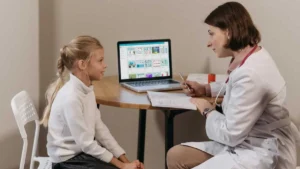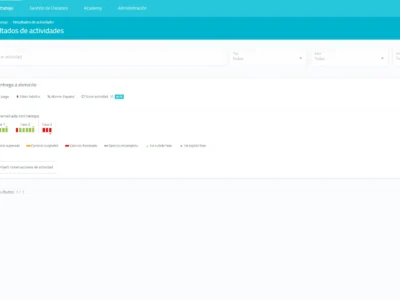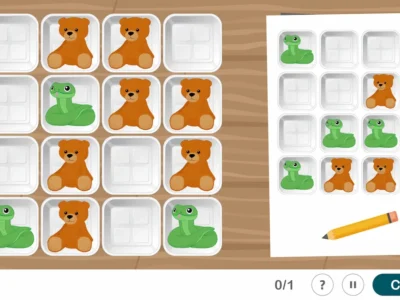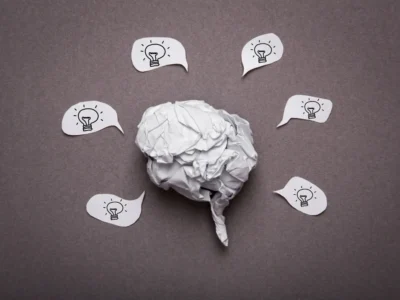I am an educational psychologist at Psico 360 and I work mainly with children and adolescents. Many of my patients have Attention Deficit Hyperactivity Disorder (ADHD). People with ADHD, whether children or adults, face many difficulties in their daily lives in personal relationships and in interacting with a group. They are people who get very distracted; they find it hard to focus their attention on the same stimulus for a given period of time. They move constantly, they don’t know how to stop in a situation or with the same exercise; their thinking is impulsive, not reflective.
Work with these children focuses on helping them to:
- “Pause to think”,
- control their impulses,
- create an individualized cognitive stimulation program for each child,
- and improve their attention skills.
That is why, NeuronUP is a great tool to address the cognitive deficits of these children, since it allows me to carry out dynamic, personalized, and engaging work. It offers me a lot of variety in intervention and many resources to use. There is a large number of worksheets to work on attention, planning, reasoning, memory, language… Furthermore, since they are leveled, it is easier to assign them to each patient based on their age or abilities.
Another aspect I highlight about NeuronUP is the time savings: you set the search criteria you want according to your patient: age, difficulty, type of worksheet, area of work, language… and the platform shows you all the available resources based on your selection. All NeuronUP material is classified by areas, which makes it easier for us to pursue concrete objectives. For the professional it is a very structured tool, easy to apply and able to organize a large number of variables. This opens up a wide range of resources to work quickly and effectively.
Motivating exercises for children with ADHD
Children, like adults, seek change, progress, and to feel accomplished. NeuronUP gives us a level of dynamism and motivation in children that is very different from what we are used to with traditional worksheets and games. It’s incredible to see how they play while they learn and compete to improve against themselves or in a group. They can check their results, their progress, and see what they need to do to improve.
I also want to highlight the computer games, with which I can work on the cognitive functions in a more attractive and fun way. These games are very visually appealing, children love them and they end up becoming their positive reinforcement.
Another advantage is that I can manage my patients directly from the platform and store all the patient’s personal information, their reports, their clinical history… and archive and save the activities I have carried out and even those I will use.
It has become an indispensable working tool in my day-to-day. I encourage you to try it.
If you found this article interesting, you might also like the following articles:
“This article has been translated. Link to the original article in Spanish:”
La intervención cognitiva en niños con TDAH







 NeuronUP Achieves HIPAA Compliance with Compliancy Group
NeuronUP Achieves HIPAA Compliance with Compliancy Group
Leave a Reply